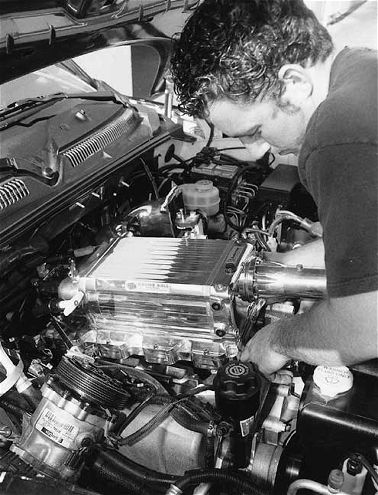
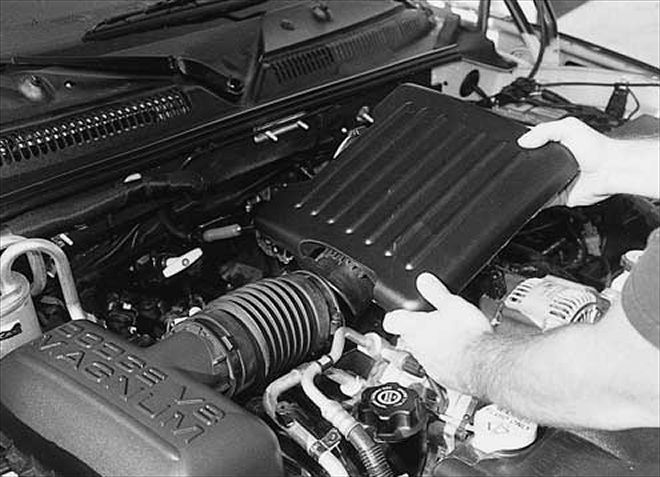
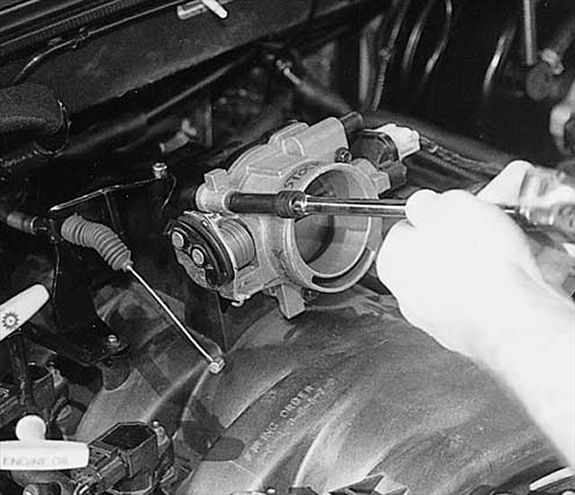
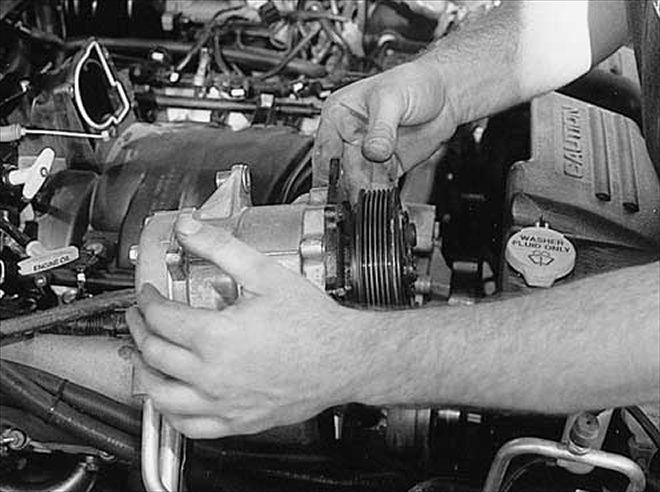
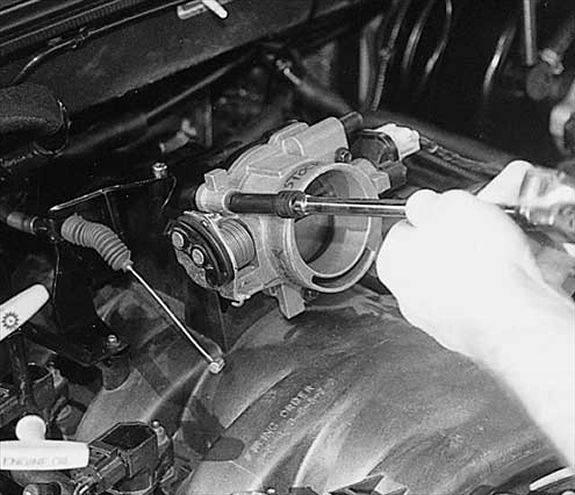
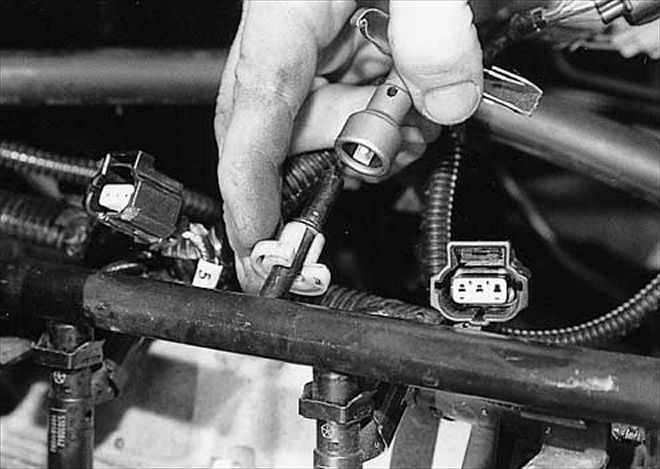
The benefits of the twin-screw, roots-style supercharger have been well documented. The rotor design yields improved boost with less heat; adding up to an efficient supercharging system. Kenne Bell has been putting the twin-screw system to use on many late-model Chrysler, Ford, and GM products with tremendous results in improving horsepower levels on trucks and sport/utility vehicles. Its latest supercharger kit is a direct result of its involvement in developing a supercharger system for the Jeep Grand Cherokee. Since the Grand Cherokee shares the same 4.7L engine platform as the ’01 Dodge Dakota, it was only a matter of time before someone retrofitted a kit onto this popular pickup truck.
The installation and test were done on a 2000 Dakota Quad cab. Baseline dyno runs demonstrated that the 4.7L V-8 produced an average of 193 hp and 253 lb-ft of torque. After the installation of the Kenne Bell Twin Screw supercharger, the numbers jumped to 269 hp and 280 lb-ft. The people at Kenne Bell didn’t stop there. They decided to build a set of headers for the Dakota and managed to boost the truck’s performance levels even higher. With headers and a free-flow exhaust system, the Dakota peaked at 296 hp and 329 lb-ft. On the street, this equates to tire-blistering, low 14-second quarter-mile passes and unbeatable performance from a multi-passenger truck.
The system is relatively simple to install and requires removing the factory air intake and plastic intake manifold. The air conditioning compressor and alternator are slightly relocated using the provided spacers and new bolts. A center bracket is bolted to the front of the engine to add support to the supercharger. The supercharger is mounted to the new aluminum intake manifold and is bolted to the engine after the fuel rail has been flipped around to make room. All the pieces go back in order, following the installation directions, and in the case of this Dakota, a cold-air intake duct was used to gather air from an area in front of the driver’s wheelwell and behind the front bumper.
How does the supercharger make so much power? By providing the engine more air and delivering extra fuel by altering the computer’s programming with the Kenne Bell Boost-A-Pump, which increases fuel pressure as boost levels increase. Timing and fuel curves are also enhanced by the Kenne Bell Optimizer computer, which sends updated information to the Dakota’s factory computer system. This helps engine operation to function normally under standard driving conditions and allows increases and decreases in timing when under boost. Additional fuel required for higher boost levels is supplied by two extra fuel injectors, located at the rear of the Kenne Bell intake manifold.
On average, the Kenne Bell supercharger provides the 4.7L V-8 Dakota with 8-10 pounds of boost, making for a very exciting ride. In an upcoming issue, we’ll take the Kenne Bell Dakota Quad cab out for a test at the track and give you a good look at the improvements made to the truck and its overall performance.